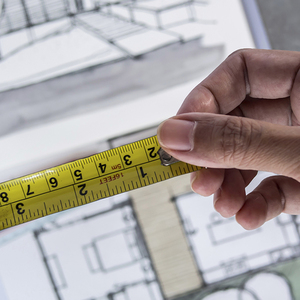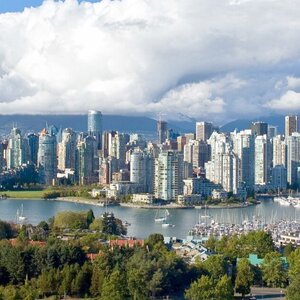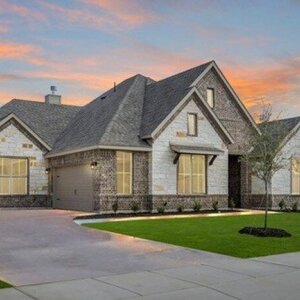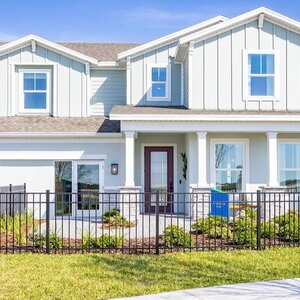The WPJ
THE WORLD PROPERTY JOURNALReal Estate Facts Not Fiction
Commercial Real Estate News
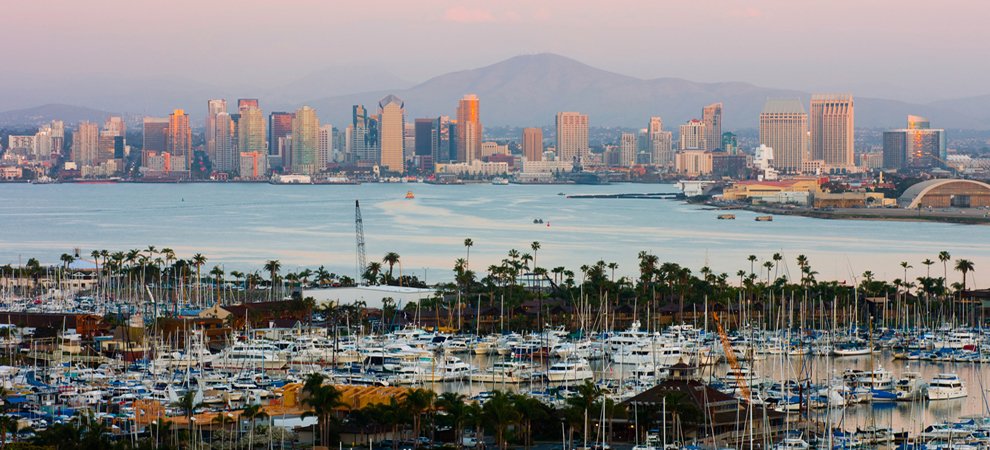
U.S. Commercial Real Estate to Retain Pricing Power in 2020
Commercial News » San Diego Edition | By Michael Gerrity | February 26, 2020 9:00 AM ET
High investor demand, moderate economic growth provide pricing stability
According to global property advisor CBRE, strong demand from both domestic and foreign investors, combined with moderate economic growth, is expected to keep capitalization rates for U.S. commercial real estate assets broadly stable in 2020.
The CBRE North America Cap Rate Survey found that industrial, multifamily, and suburban office cap rates tightened the most in H2 2019, while hotel and retail cap rates were generally unchanged except for a negligible increase for retail power centers. Continued cap rate stability is expected in the first half of 2020 across property types, segments, classes and market tiers, except for a slight increase in the hotel sector.
"U.S. real estate assets remain in high demand from domestic and foreign investors. Cap rates were stable in 2019 and we expect them to remain so in 2020, despite the uncertainty created by the coronavirus and the upcoming presidential election. Continued moderate economic growth will keep interest rates low, and sustain demand for commercial real estate," said Richard Barkham, Global Chief Economist for CBRE.
Among the major commercial real estate sectors:
According to global property advisor CBRE, strong demand from both domestic and foreign investors, combined with moderate economic growth, is expected to keep capitalization rates for U.S. commercial real estate assets broadly stable in 2020.
The CBRE North America Cap Rate Survey found that industrial, multifamily, and suburban office cap rates tightened the most in H2 2019, while hotel and retail cap rates were generally unchanged except for a negligible increase for retail power centers. Continued cap rate stability is expected in the first half of 2020 across property types, segments, classes and market tiers, except for a slight increase in the hotel sector.
"U.S. real estate assets remain in high demand from domestic and foreign investors. Cap rates were stable in 2019 and we expect them to remain so in 2020, despite the uncertainty created by the coronavirus and the upcoming presidential election. Continued moderate economic growth will keep interest rates low, and sustain demand for commercial real estate," said Richard Barkham, Global Chief Economist for CBRE.
Among the major commercial real estate sectors:
- Office: Strong market fundamentals continue to support competitive pricing for office properties. There were minimal changes in office cap rates in H2 2019, continuing a pattern of stability over the past three years and remaining near record-lows for this cycle. Tier II markets, particularly in the suburbs, were one of the few categories with noticeable downward movement in cap rates. No change in office cap rates is expected in H1 2020.
- Industrial: Soaring asset values led to sustained cap rate compression in H2 2019. Cap rates are expected to remain broadly stable in 2020, with some moderate tightening. Cap rates for acquisitions of stabilized assets averaged 6.13% for all tiers and classes, falling by 13 bps (basis points) in H2 2019. Rates for value-add acquisitions fell by 17 bps to 7.18%. Class A cap rates declined 10 bps to 4.89%, the lowest level since CBRE's Cap Rate Survey began in H1 2009.
- Retail: Cap rates were relatively stable in H2 2019, especially across Tier I and II markets, and Class A and B properties, with few sales of core assets. Tier III markets and Class C assets attracted increased investment activity among private buyers due to higher risk tolerance and opportunities for redevelopment.
- Multifamily: Cap rates and expected returns on cost remained at historically low levels in H2 2019. Cap rates edged down 9 bps to 5.11% for infill stabilized assets and by 11 bps to 5.37% for suburban assets. Cap rate spreads between Class A and Class C assets, and between Tier I and Tier III markets continued to tighten, indicating that many investors are finding opportunities in lower-quality assets and in secondary and tertiary markets.
- Hotels: Cap rates were essentially unchanged in H2 2019, down by just 1 bp to 8.27%. Cap rates for both CBD and suburban properties were stable. A long-term trend of shrinking cap-rate spreads between market tiers continued in 2019. Spreads between CBD and suburban full- and select-service hotels remained slightly elevated compared with 2018.
Sign Up Free | The WPJ Weekly Newsletter
Relevant real estate news.
Actionable market intelligence.
Right to your inbox every week.
Real Estate Listings Showcase
Related News Stories
Commercial Real Estate Headlines
- One Trillion Dollars of America's Commercial Property Loans Mature in 2025
- U.S. West Coast Dominates Self Storage Demand
- Phoenix, Orange County and Inland Empire Emerge as Leading U.S. Industrial Markets
- U.S. Mega Distribution Centers Leasing Activity Grew in 2024
- U.S. Commercial Borrowing to Increase to $583 Billion in 2025, Up 16 Percent Annually
- Demand for U.S. Life Sciences Space Spikes 28 Percent Annually in Late 2024
- Multifamily Property Sector in America Rebounding
- Asia Pacific Commercial Property Investment Spikes 23 Percent in 2024
- U.S. Commercial Property Market Primed for Growth in 2025
- Architecture Industry Sees Mixed Signals as 2025 Approaches
- Global Data Center Demand Spikes in 2025
- 2025 Prediction: U.S. Commercial Investment Recovery Expected to Gain Traction
- Holiday Retail Sales for 2024 to Hit Record $1 Trillion
- Tech, AI Industries Drive Largest Share of Office Leasing Activity in U.S.
- Commercial Real Estate Lending in U.S. Enjoys Strong Growth in Q3
- U.S. Multifamily Market Begins Recovery in Q3
- Commercial Investment in Japan Spikes 24 Percent Annually in Q3
- Despite Return-to-Office Mandates, U.S. Office Vacancies Continue to Rise
- PROPSIG Tech Startup Acquired by World Property Data
- U.S. Commercial Mortgage Debt Hits $4.7 Trillion in Q2 as Delinquencies Increase
- Hong Kong Class A Office Rents Continue to Downtick in Mid-Summer
- U.S. Office Landlords Tenant Concessions Decline for First Time in 4 Years
- U.S. Commercial Mortgage Originations Spike 27 Percent in Q2 Over Q1
- Phnom Penh's Commercial Office, Retail Markets Face Slowdowns in 2024
- Global Edge Data Center Market to Hit $300 Billion by 2026
- Commercial Property Transactions in Japan Dive 25 Percent Annually in Q2
- Delinquency Rates for U.S. Commercial Property Loans Downticks in Q2
- Megawarehouse Lease Deals in U.S. Increase in 2024
- Office Tenants' Flight to Quality Buildings Increases in 2024
- Commercial Lending in Japan Upticks 6 Percent Annually in Q1
- AI Driving Significant Global Data Center Growth in 2024
- Total U.S. Commercial Mortgage Debt Rises to $4.7 Trillion in Q1
- U.S. Commercial Mortgage Delinquencies Rise in Early 2024
- Asia Pacific Office Sector to Further Reprice Throughout 2024
- U.S. Retail Foot Traffic to Surpass Pre-Pandemic Levels by 2025
- Commercial Real Estate Lending in U.S. Slowed in First Quarter
- Japan Commercial Property Investment Volume Jumps 7 Percent in Q1
- Asia Pacific Commercial Property Investment Leads the World, Spikes 13 Percent
- Driven by High Rates, U.S. Commercial Lending Imploded 47 Percent in 2023
- After Two Year Slump, Prime Multifamily Metrics Uptick in U.S.
Reader Poll
Marketplace Links
This website uses cookies to improve user experience. By using our website you consent in accordance with our Cookie Policy. Read More
